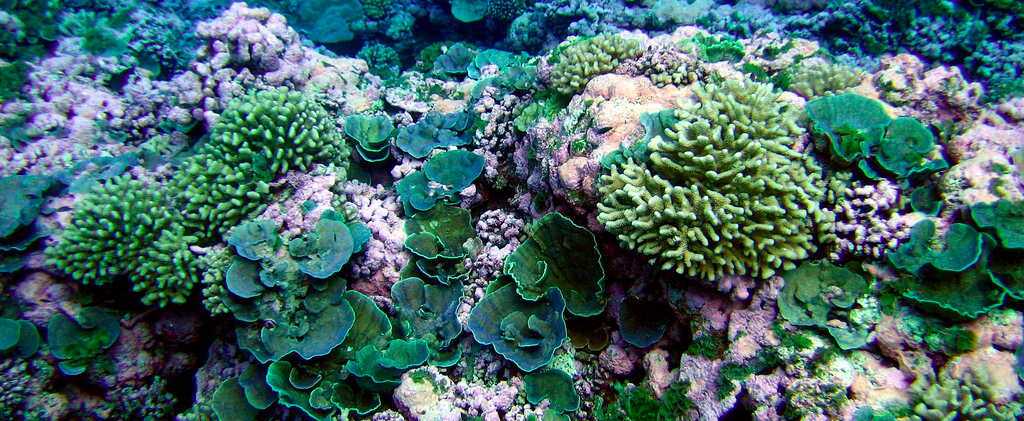BBC Future
Image: NOAA Photo Library
The view from the top of one stairway in southern China is extraordinary. Climb it and you can see the moment the world nearly ended.
Our planet has a turbulent history. An especially tumultuous event occurred 252 million years ago. The Earth erupted in volcanic activity that came perilously close to destroying all complex life.
Geologists have dubbed this the “mother of all extinctions”, an event they recognise as marking the end of one great chapter of Earth’s history called the Permian and the start of the next chapter – the Triassic.
But it’s not enough simply to give the event a name. The scientists wanted to know where in the world is the best place to actually see the rocks that formed across the calamitous boundary between the Permian and Triassic periods. In 2001, after 20 years of debate, they had their answer.
A cliff near Meishan in China’s Zhejiang Province offers the best window. It has been awarded a top geological honour. It is the “golden spike” for the Permian-Triassic boundary – making it one of 65 such spikes around the world marking important geological boundaries. To make viewing the rocks even easier, the authorities installed a stairway.
Some geologists say our planet crossed another geological boundary about 70 years ago, entering a new chapter of Earth’s history they have dubbed the Anthropocene. The question some of them are now asking is: where in the world offers the best view of the moment our modern world began? Where should the golden spike for the dawn of the Anthropocene be placed? Read more on the BBC Future website…








